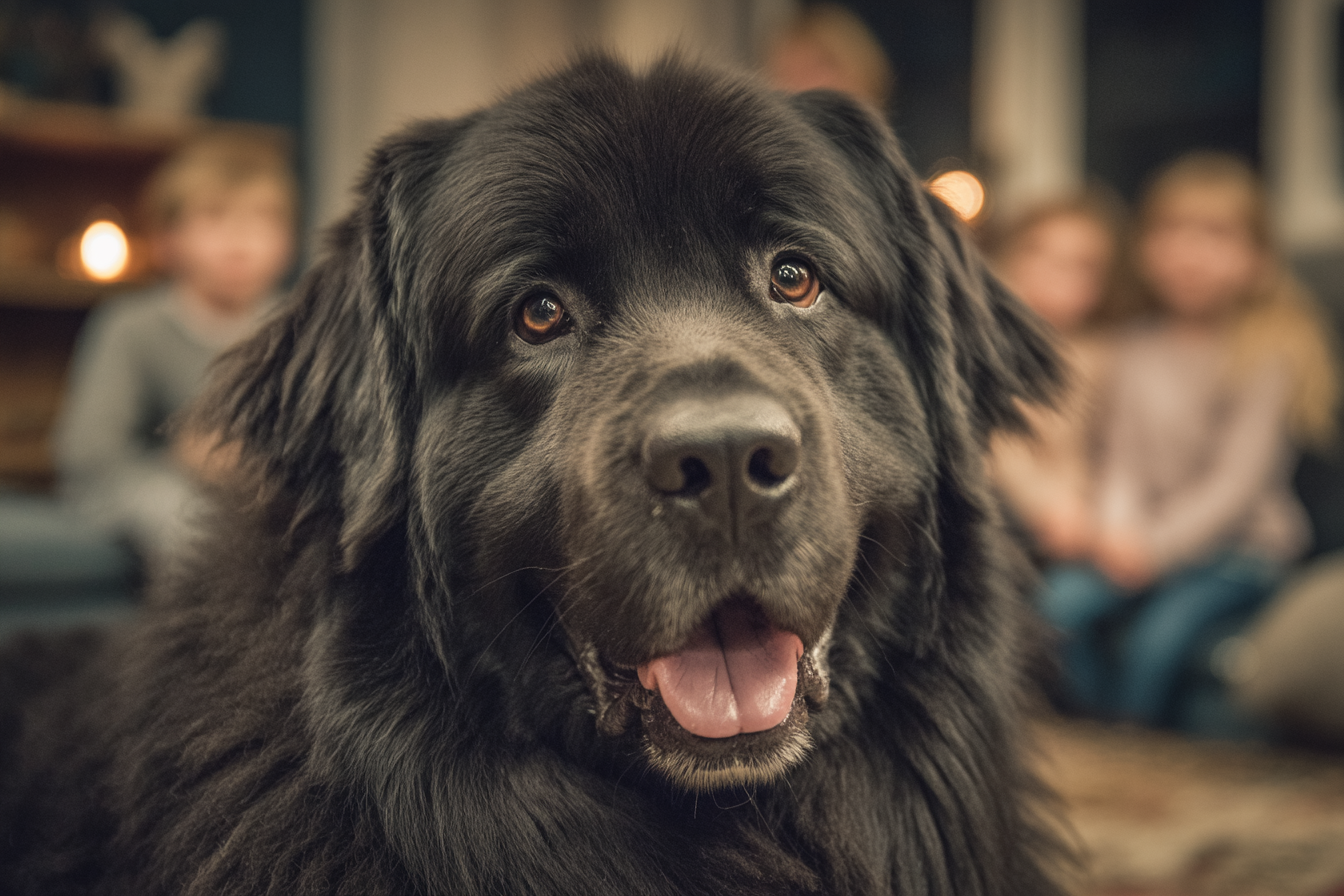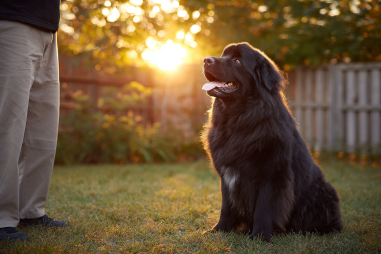Welcoming a Newfoundland dog into your home can be a truly rewarding experience. These gentle giants are known for their sweet temperament, loyalty, and striking appearance. However, due to their impressive size and specific needs, owning a Newfoundland requires some thoughtful preparation and adjustments. Whether you’re considering adding this breed to your family or have recently brought one home, understanding how to accommodate and care for your Newfoundland will help ensure a happy, harmonious life for everyone involved.
Space Requirements and Housing Considerations
Newfoundlands are large and powerful dogs, often weighing between 100 to 150 pounds or more once fully grown. Because of their size, they need ample space to move comfortably—both indoors and outdoors. Living in a small apartment might not be ideal unless you’re committed to providing plenty of outdoor exercise opportunities throughout the day.
A house with a fenced yard is perfect for a Newfoundland. They enjoy having plenty of room to roam and play safely without restraining their natural movement. The fence should be sturdy because these dogs can be surprisingly strong and curious if they spot something interesting. Additionally, consider that Newfoundlands are prone to drooling and shedding, so maintaining easy-to-clean floors and furniture-friendly spaces will make household management easier.
Indoors, make sure your home can accommodate a large dog bed where your Newfoundland can stretch out without feeling cramped. They tend to enjoy being near their family members, so place their resting spot in a common living area rather than isolated from daily activities.
Interaction with Children and Other Pets
One of the Newfoundland dog’s biggest charms is their natural friendliness and patience with kids. Often referred to as “nanny dogs,” Newfoundlands have a gentle disposition that makes them fantastic companions for children. However, due to their large size, it’s important to teach kids how to interact safely and respectfully to avoid accidental knocking or overwhelming the dog.
To foster healthy interactions, supervise playtime between your Newfoundland and small children, especially in the early months. Encourage calm and gentle behavior, both from the dog and your kids, to build mutual trust and safety.
If you have other pets, introducing a Newfoundland should be done gradually and under controlled conditions. These dogs tend to be sociable but have a strong protective instinct. Early socialization will help them accept other animals peacefully. Since Newfoundlands have a calm demeanor, they typically get along well with other dogs and even cats, provided proper introductions are made.
Daily Routines and Lifestyle Adjustments
Living with a Newfoundland means adapting your daily routine to meet their exercise, feeding, and companionship needs. While Newfoundlands are not hyperactive, they do require regular moderate exercise to maintain a healthy weight and strong muscles. Plan for at least one or two walks each day, augmented with some playtime in a secure yard or open space.
Feeding a Newfoundland involves providing a balanced diet that supports their large frame without causing excessive weight gain. Consult your veterinarian for recommended portions and high-quality dog food options. Because of their size, Newfoundlands can be prone to joint problems, so diets rich in glucosamine and omega fatty acids can be beneficial.
Another lifestyle adjustment is managing their drooling and shedding (which we’ll cover in detail below), plus ensuring they have shade and plenty of water during warm weather. These dogs thrive in cooler climates but can adapt if you minimize heat exposure and provide comfortable indoor conditions.
Dealing with Drool and Shedding
One characteristic that prospective Newfoundland owners often want to prepare for is their drooling. Their loose jowls produce a good deal of saliva, which can end up on floors, furniture, and clothing. To deal with this, keep a supply of absorbent cloths or pet wipes handy for frequent cleaning. Placing waterproof mats beneath their feeding station can help keep the area clean and hygienic.
Shedding is another consideration. Newfoundlands have a thick double coat designed to protect them from cold water and rough weather. This coat sheds throughout the year, with heavier shedding during seasonal changes, especially spring. Regular grooming will help manage the hair around your home and keep your dog comfortable.
Travel and Outdoor Activity Tips
Taking your Newfoundland on trips or outdoor adventures can be a lot of fun, but a few preparations will make it easier. Due to their size, transporting them in smaller vehicles can be challenging; consider a spacious SUV or truck with plenty of room for the dog to sit or lie down comfortably.
For outdoor activities, Newfoundlands love swimming thanks to their webbed feet and water-resistant coat. Always check that the water is safe and don’t push them beyond their comfort level—especially older dogs or those new to swimming. Hiking with your Newfoundland is possible as long as you stick to moderate trails, as they are not designed for long-distance endurance.
When traveling, remember to bring all essentials—water bowls, food, grooming supplies, and a first aid kit. If you’re staying overnight somewhere, make sure the accommodation is dog-friendly and has enough space for a large breed dog.
Grooming and Care at Home
Regular grooming is essential for maintaining the health and appearance of your Newfoundland dog. Their dense coat requires brushing at least a few times a week to prevent matting and reduce shedding. During peak shedding seasons, daily brushing might be necessary. Invest in a good quality slicker brush, undercoat rake, and comb for effective grooming.
Bathing your Newfoundland should be done when needed—usually every 6 to 8 weeks depending on activity and dirt accumulation. After swimming in lakes or pools, a rinse will help prevent skin irritation. Pay special attention to drying, especially in their skin folds, to avoid infections.
In addition to coat care, nail trimming, ear cleaning, and dental hygiene should all be part of your home routine. Large dogs can sometimes be sensitive about grooming, so introducing these activities gently from puppyhood helps build a trusting bond.
Enjoying Life with Your Newfoundland
Living with a Newfoundland dog brings immense joy and companionship, but it also requires commitment and understanding of their unique needs. By providing ample space, supervising their interactions, adjusting your routines, and committing to grooming and care, you create an environment where your Newfoundland can thrive.
Remember, these gentle giants earn their place in families not just because of their size and beauty but due to their warm-hearted nature and willingness to be loyal protectors and loving friends. Embrace the special quirks of your Newfoundland, and you’ll enjoy a rewarding relationship that lasts a lifetime.







